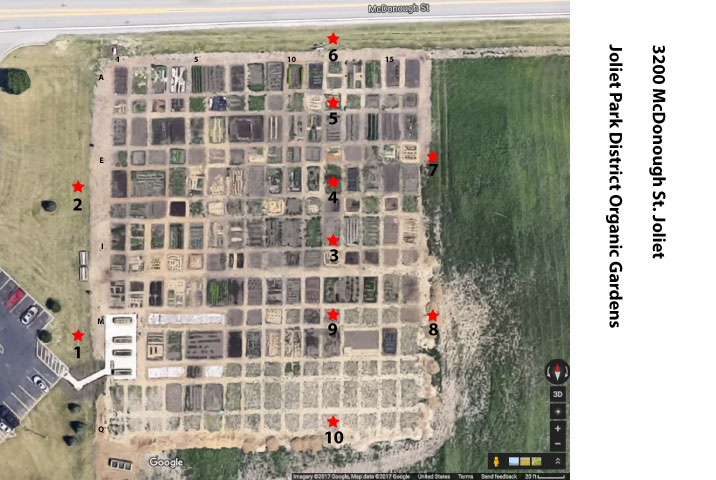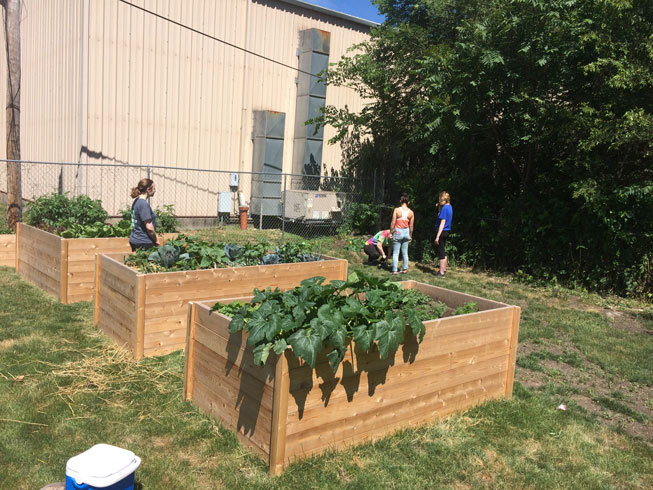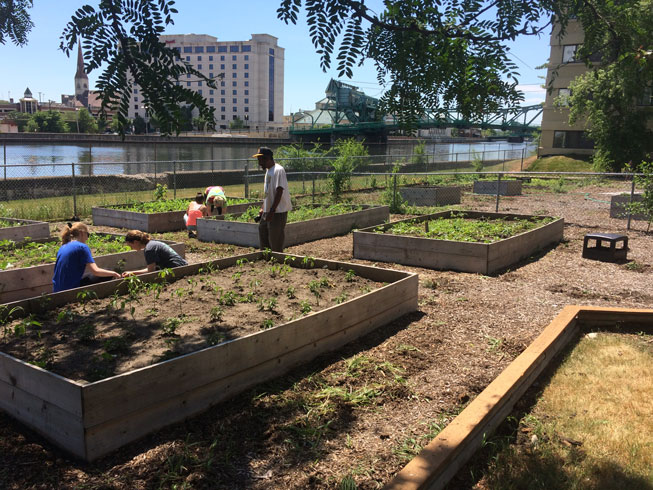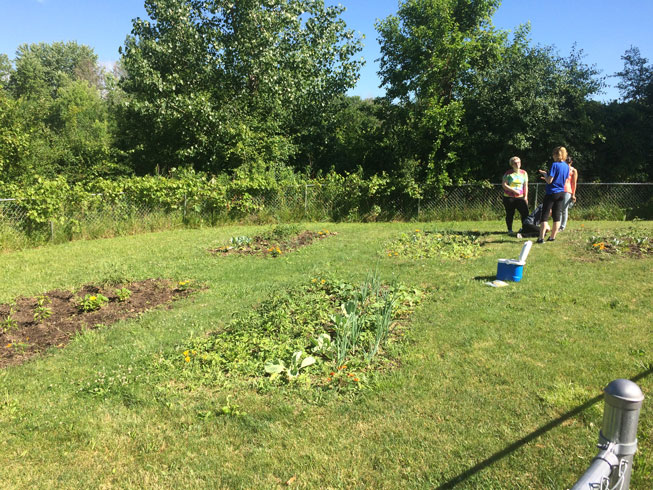Mapping Lead Levels in Community Gardens
- Teresa Bixby
- Jul 17, 2017
- 1 min read
The Will County Grant Coordinator/Local Food Systems Specialist, Kathy Pecora, connected us to several existing or planned community gardens in the area. We spent three days total visiting each site and collecting multiple samples from each. By the end of the summer all samples will have been tested for lead (and some may be tested for arsenic).
Soils may naturally contain 10 - 50 mg/kg (ppm) of lead, but often in urban areas or around industrial lots lead levels are higher. Lead in paint, gasoline, and industrial processes such as smelting can cause contamination. While levels from 50 - 150 ppm do not raise any concern, levels between 150 - 400 ppm require precautions such as washing fruits and vegetables with 1% vinegar and discarding the older outer leaves of leafy greens. Leafy vegetables should not be grown in soils with 400 - 1000 ppm lead, and other crops require some limited remediation. If the soil has over 1000 ppm a garden should not be planted!
So far several sites are testing clean, with levels below 100 ppm. But those in the downtown Joliet area, on the southeast side of the river, are remarkably high. Levels between 200 and 800 ppm have been found at various garden sites. Many of the existing community gardens already follow good garden practices by utilizing raised beds, but for one potential garden site this study will inform how they design their garden, what crops they will consider growing, and how they might treat their crops once they have been picked.
Look for Rachel and Lali's SURE poster that is posted on the Research page for more information!











Comments